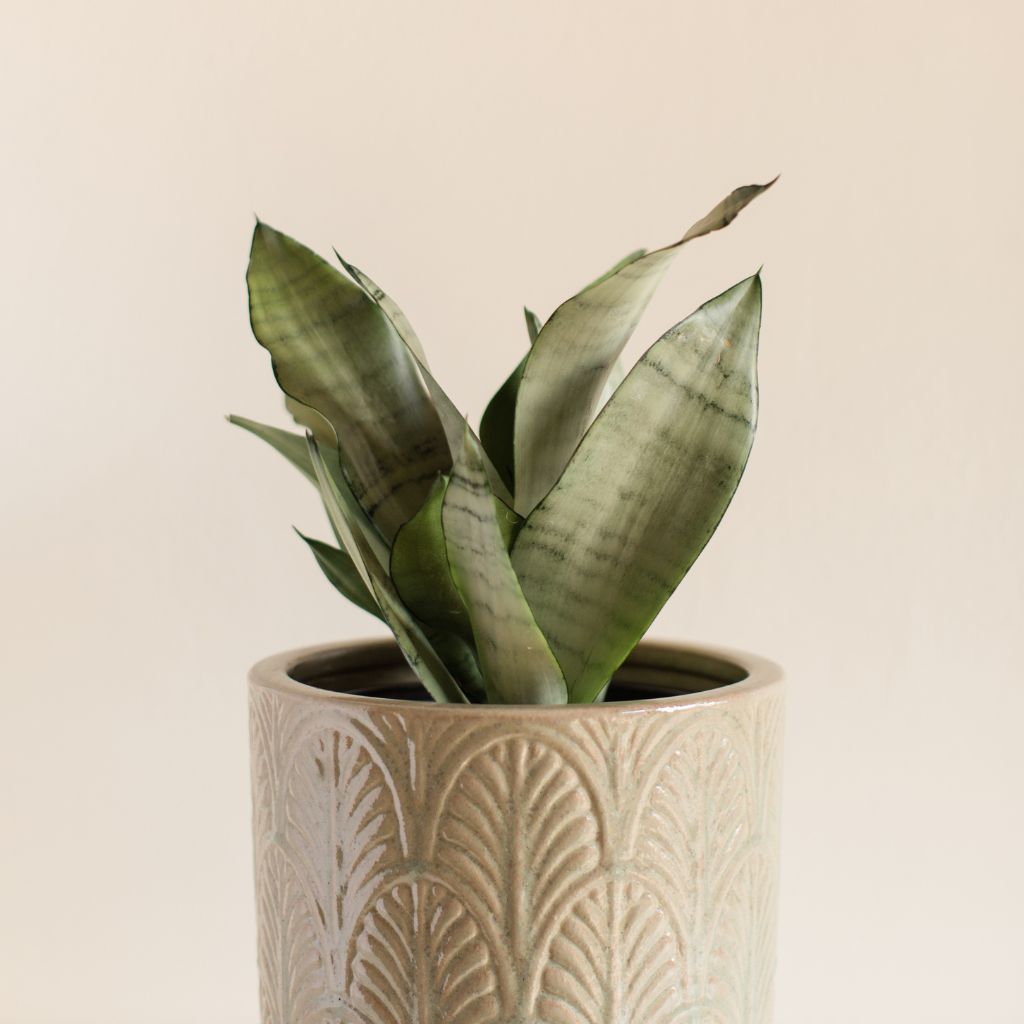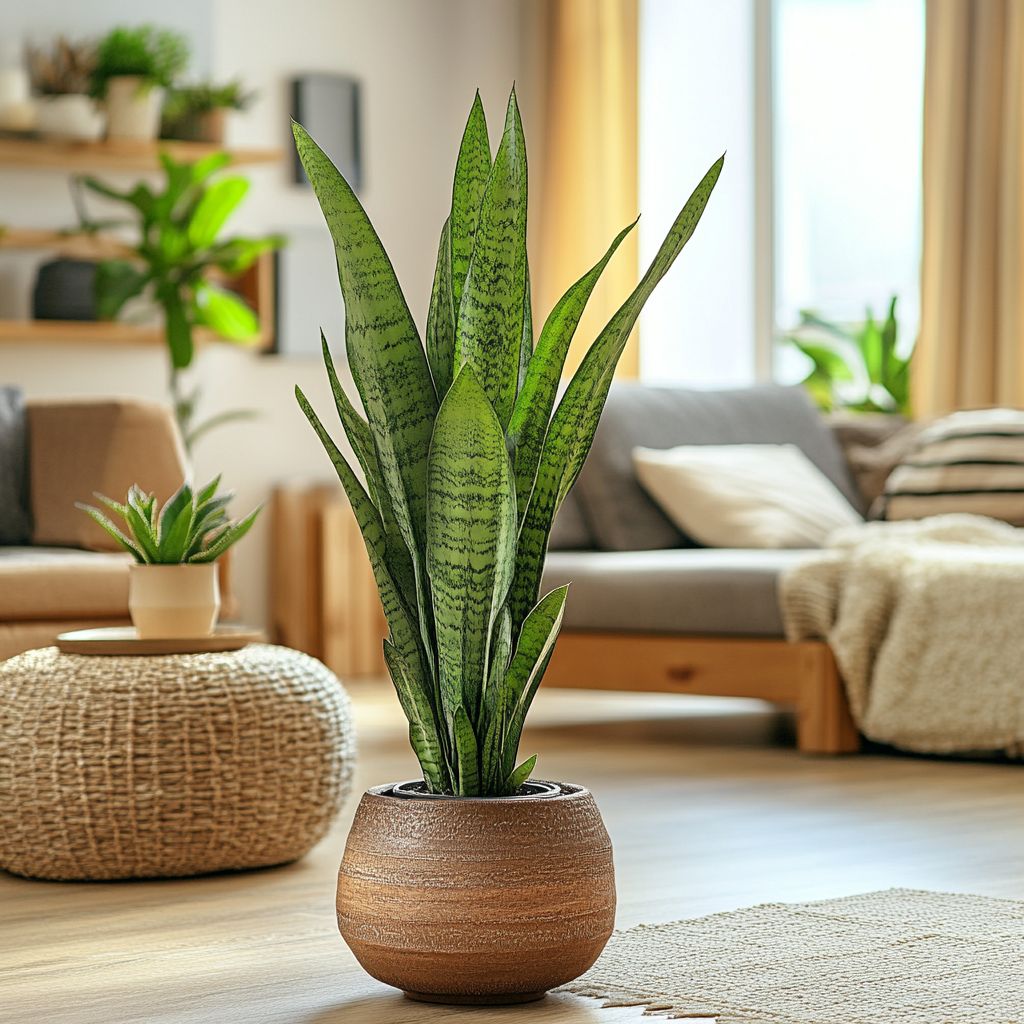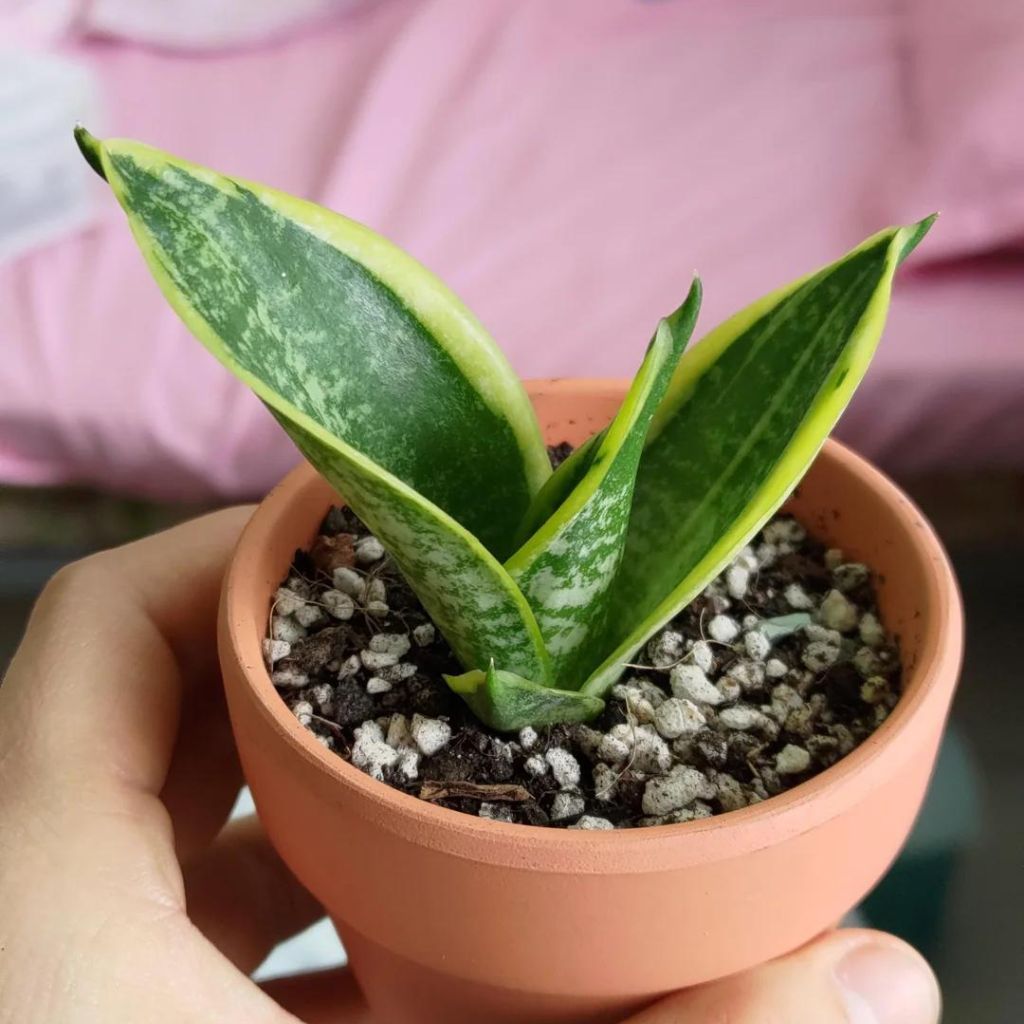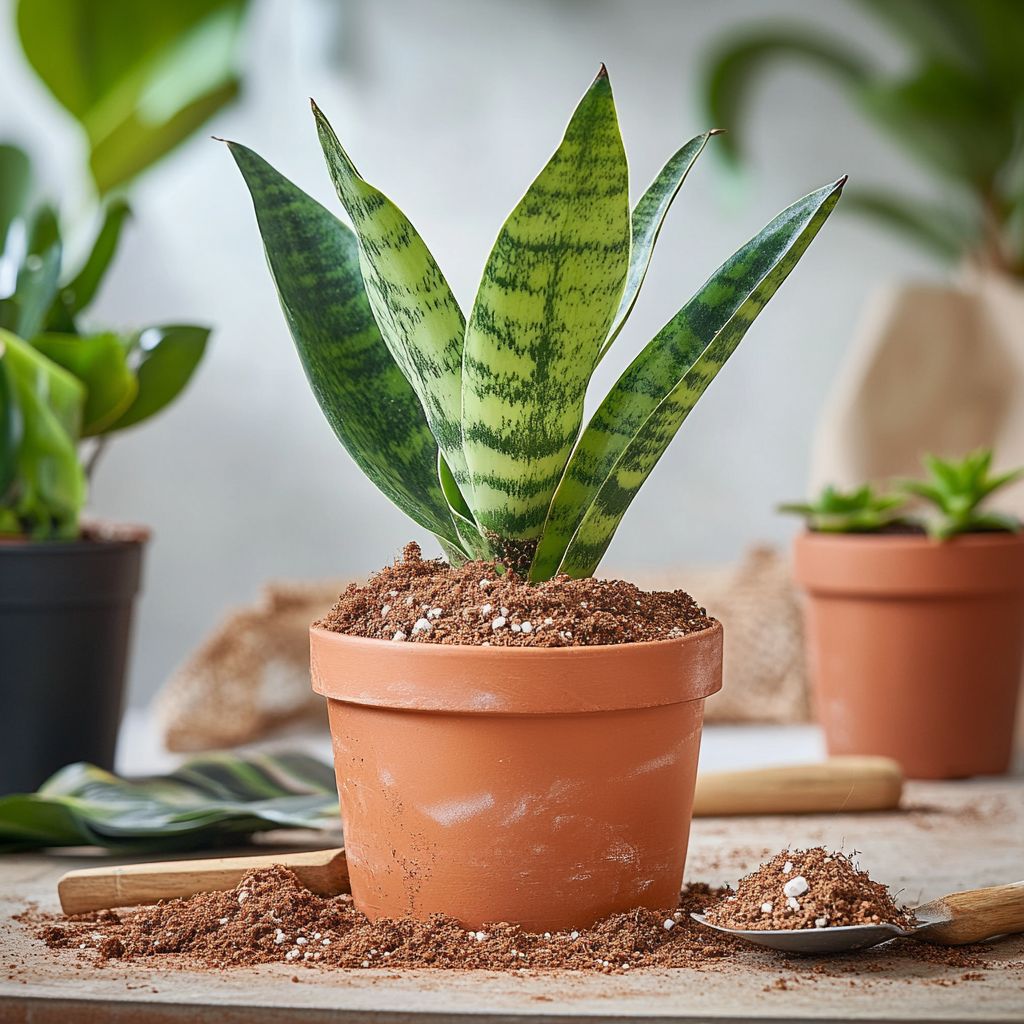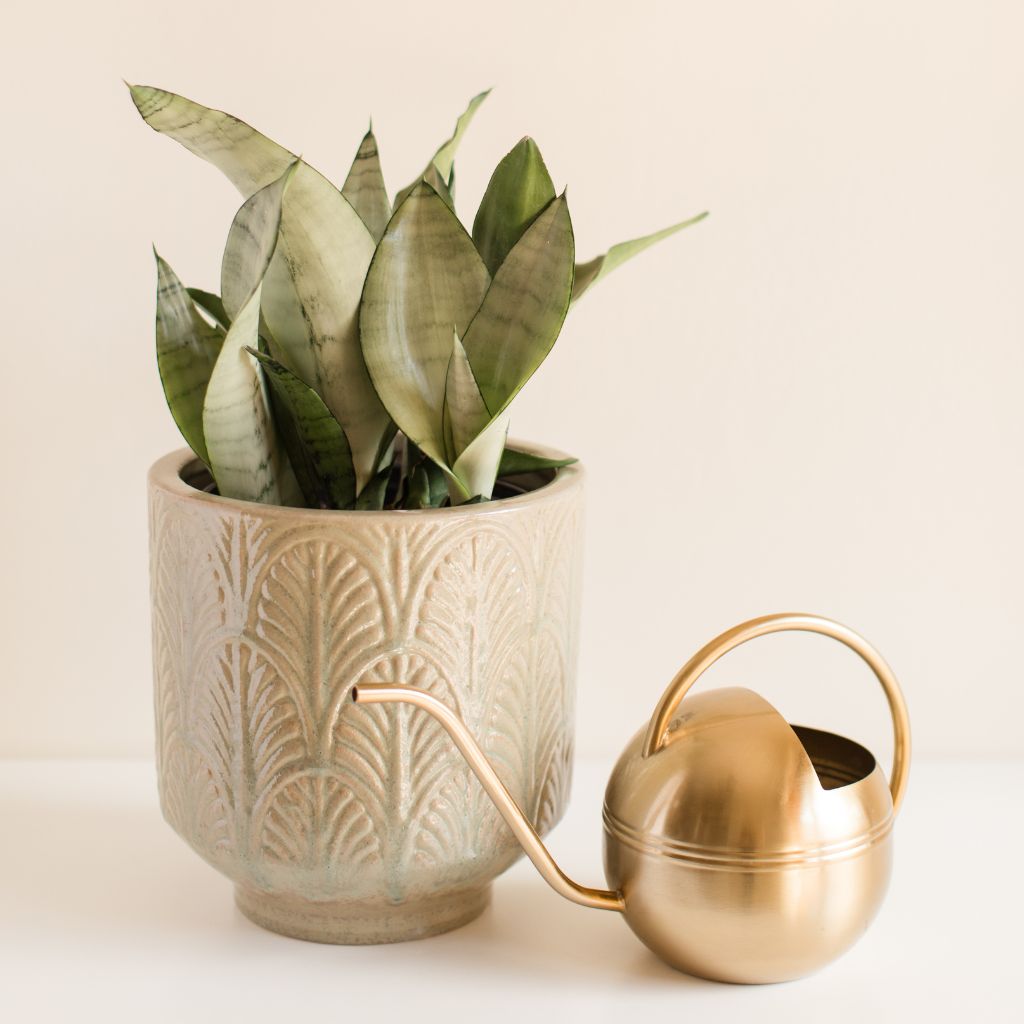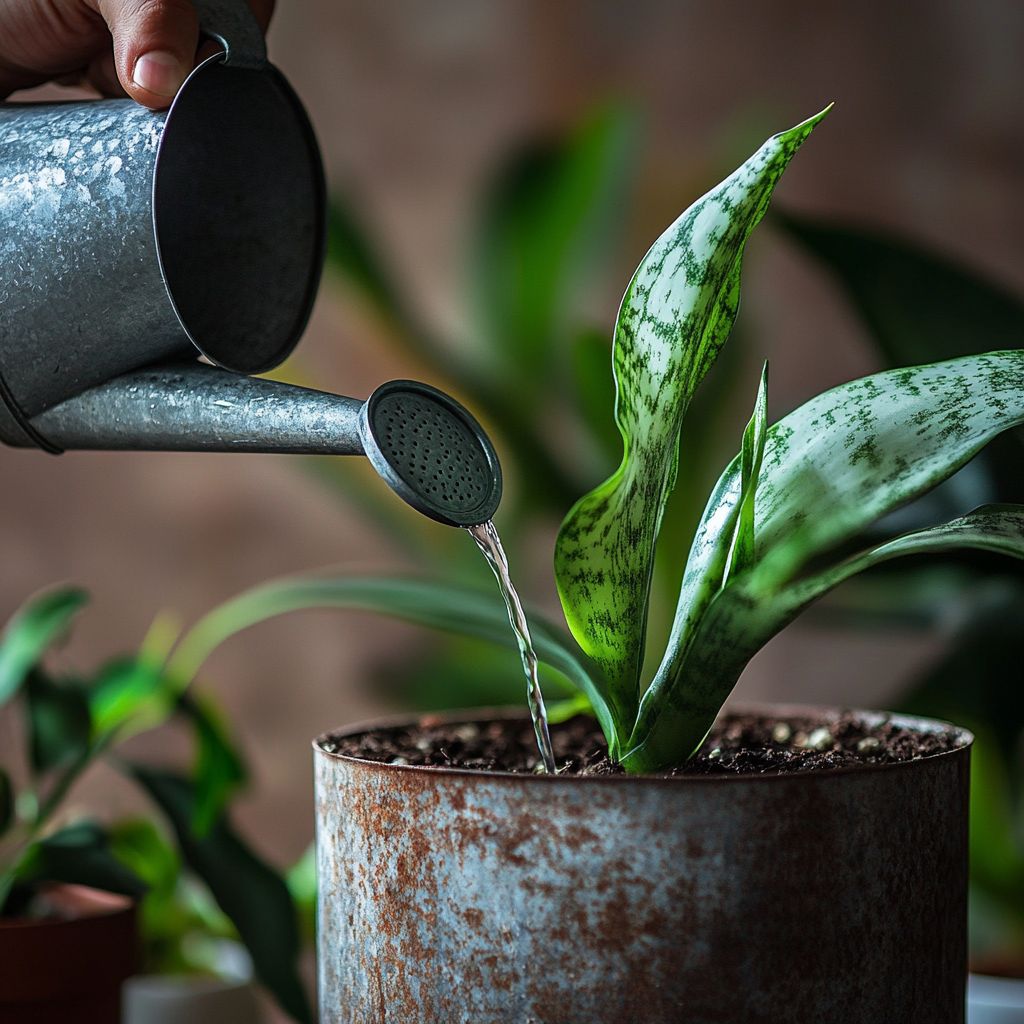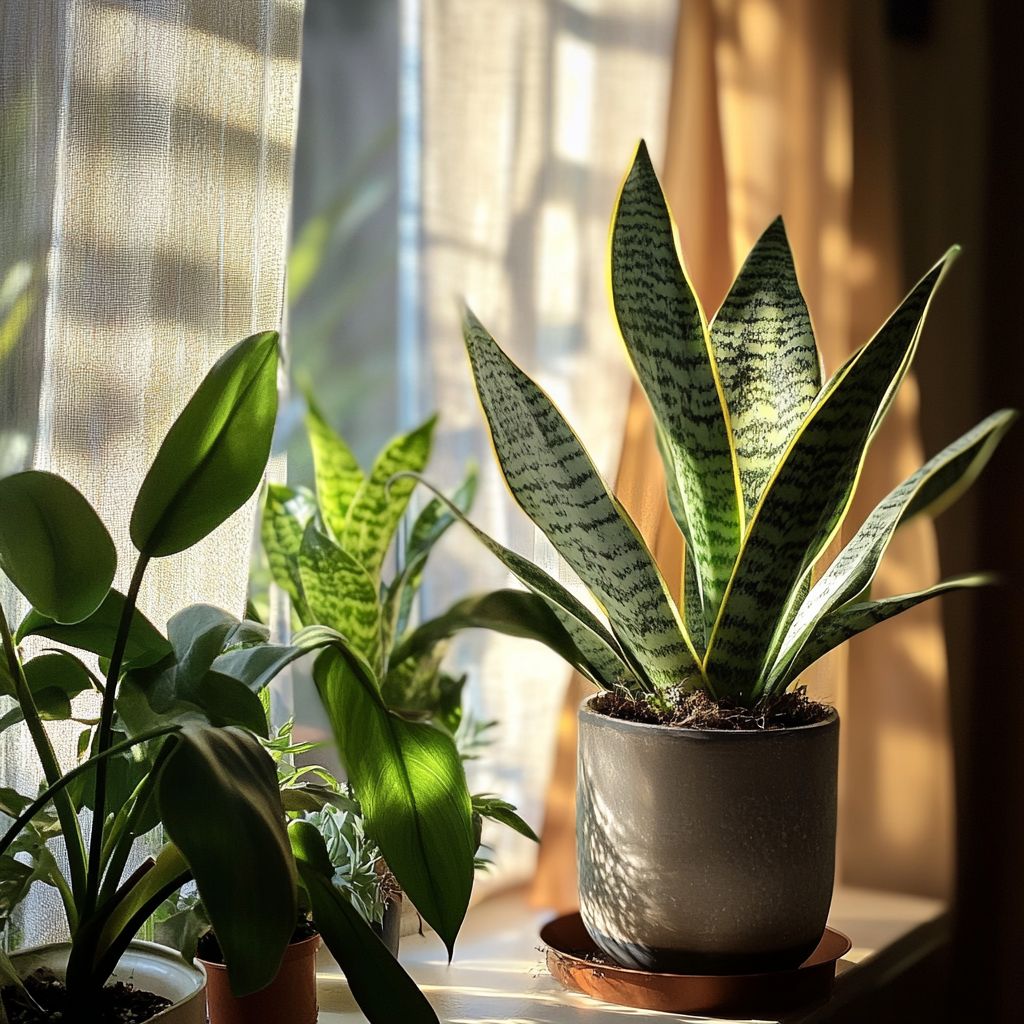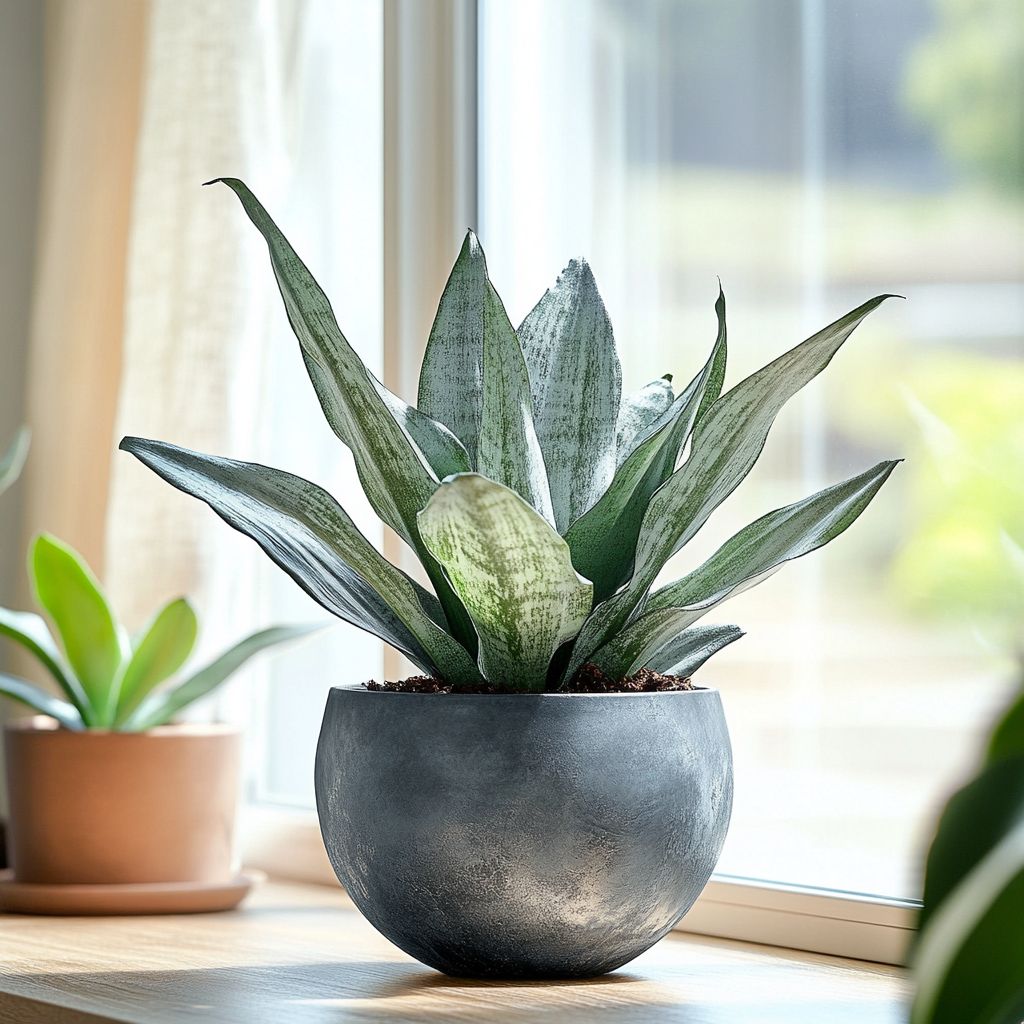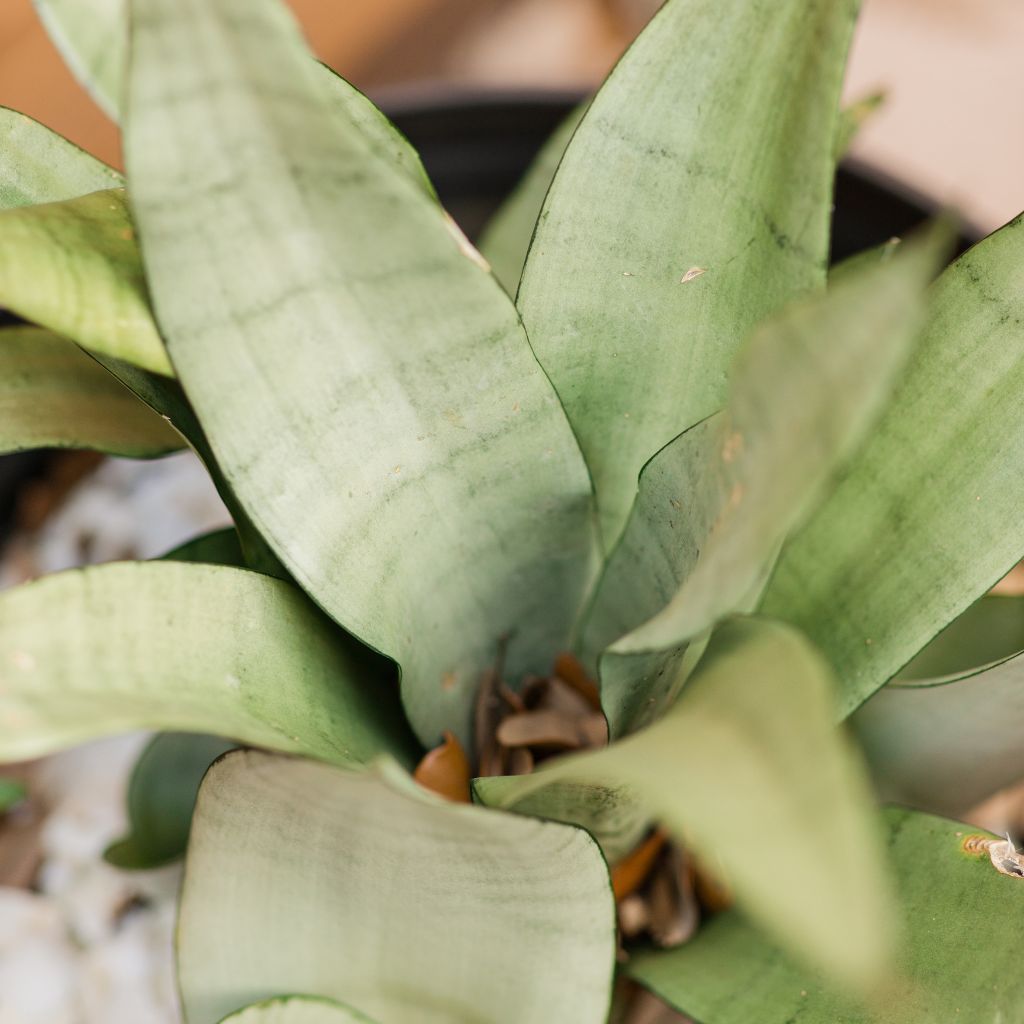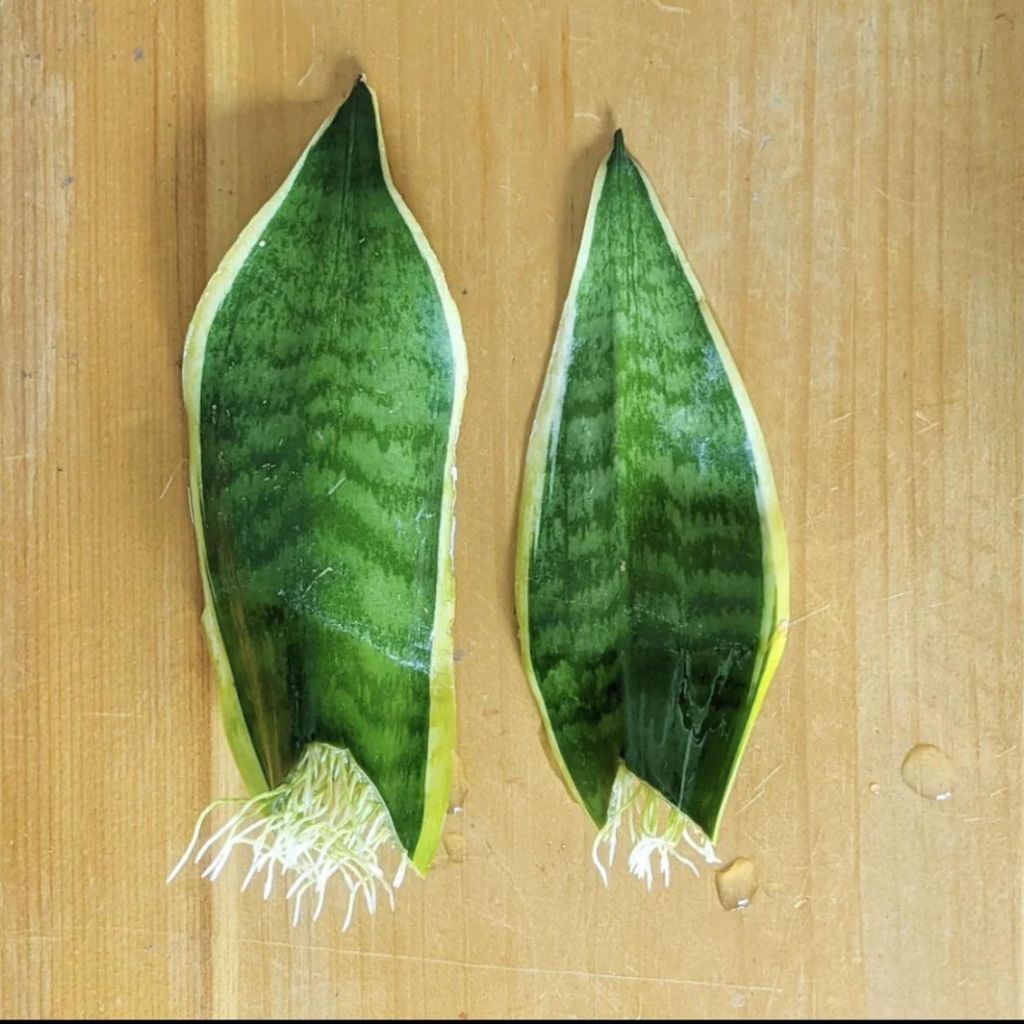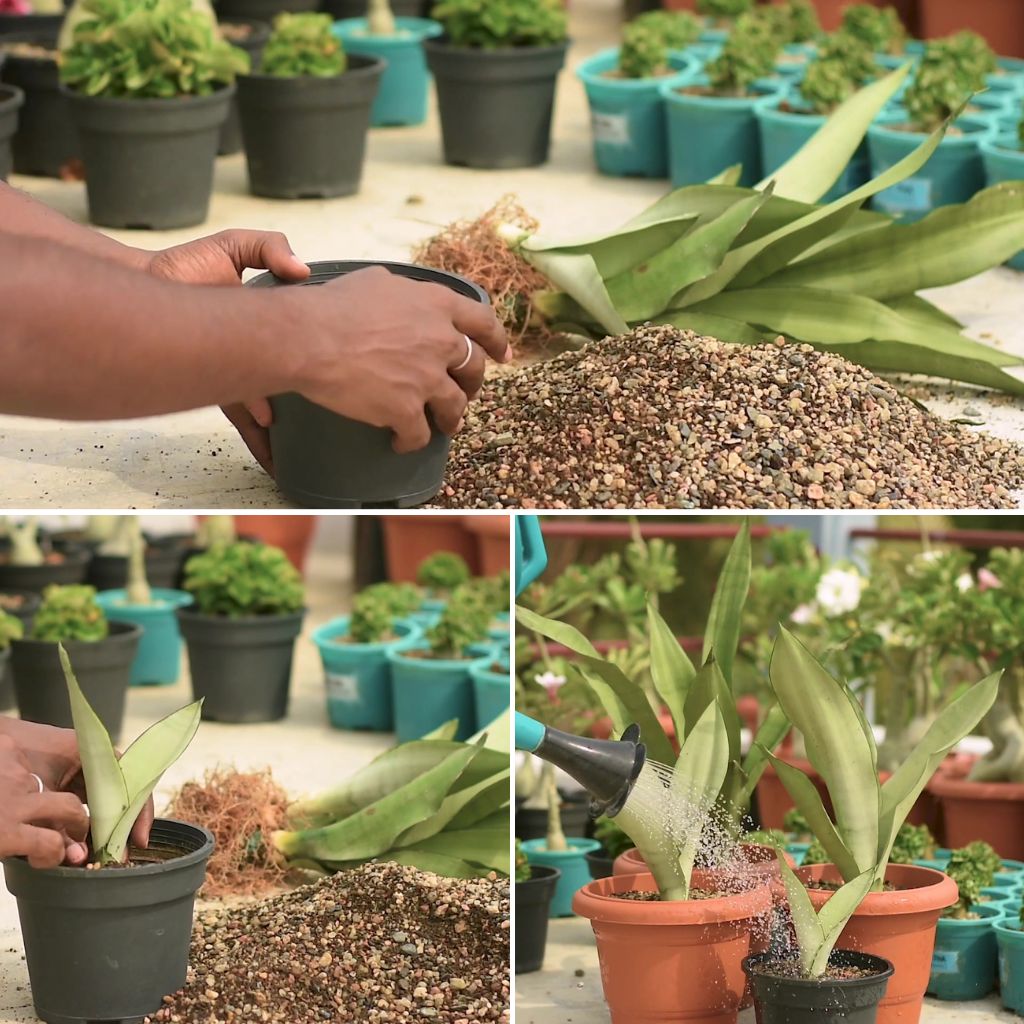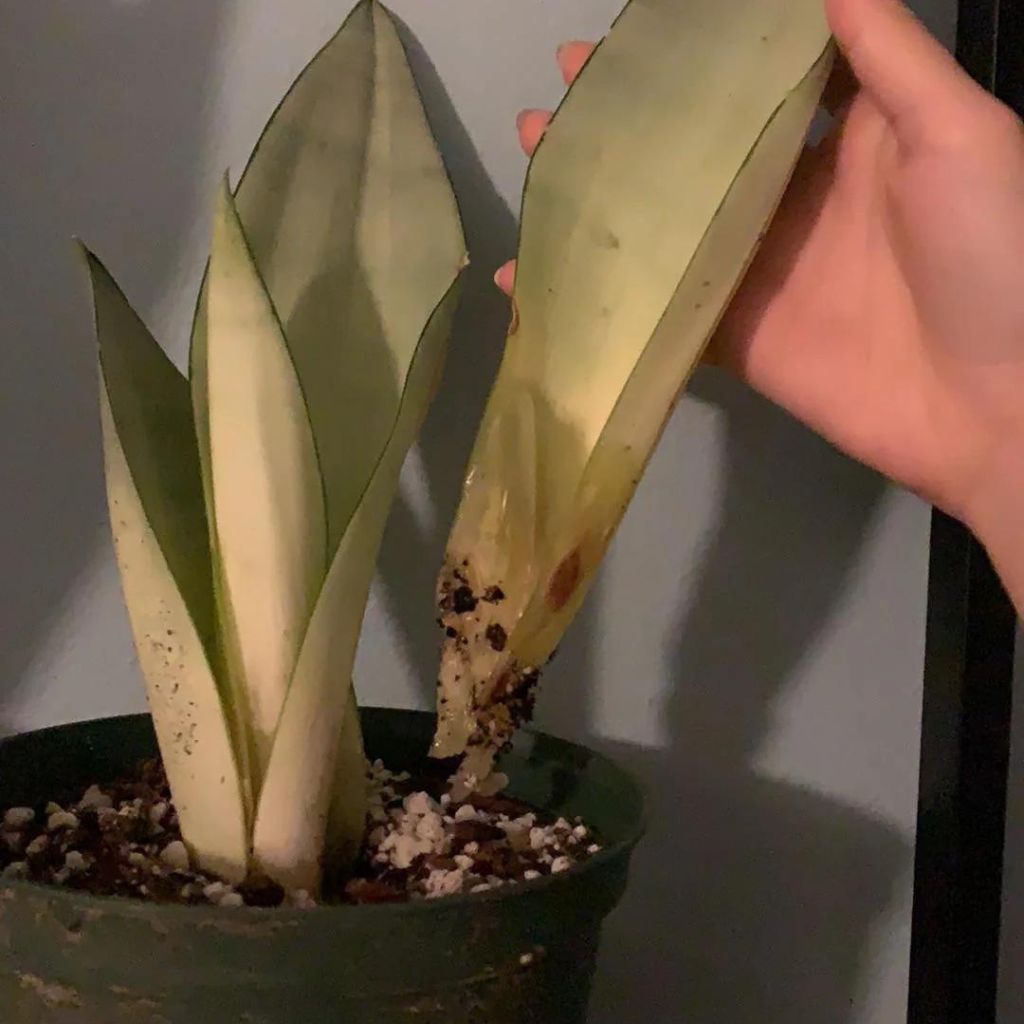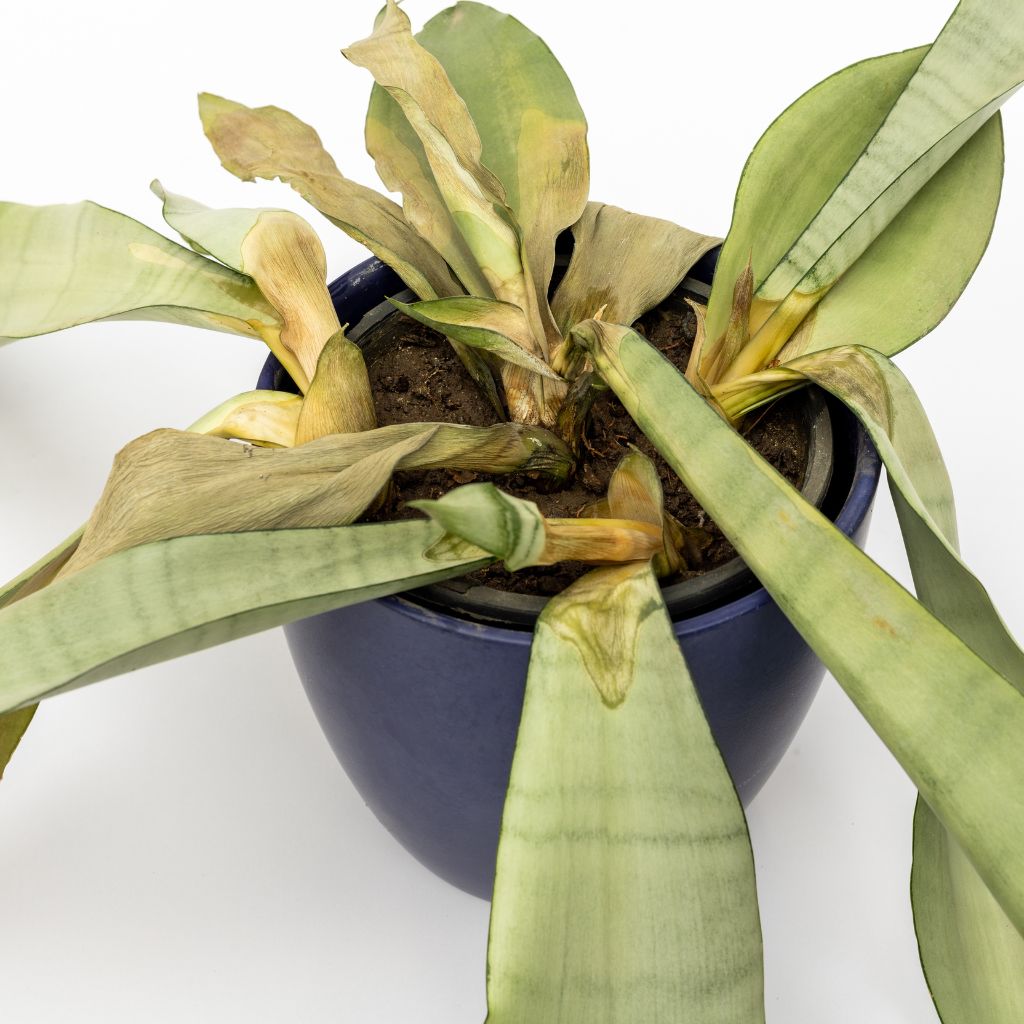If you’re looking for a houseplant that combines striking beauty with minimal maintenance, the Sansevieria Moonshine might just be the perfect addition to your indoor garden.
This stunning variety of snake plant is not only easy to care for but also a wonderful option for both beginners and experienced plant enthusiasts.
With its pale, silvery-green leaves and upright growth habit, the Sansevieria Moonshine, also known as the Moonshine Snake Plant, brings a touch of elegance to any room while being one of the hardiest plants you can own.
Let’s dive into what makes this plant so special and how you can keep it thriving in your home.
What is Sansevieria Moonshine?
Sansevieria Moonshine, scientifically known as Sansevieria trifasciata ‘Moonshine’, is a cultivar of the well-known snake plant, also referred to as mother-in-law’s tongue.
This variety stands out due to its unique leaf coloration—broad, upright leaves with a silvery-green hue and dark green margins. The leaves grow in a rosette pattern and can reach up to 2 feet in height, making it a striking focal point in any indoor setting.
Though it rarely flowers indoors, under optimal conditions, it can produce small, fragrant, cream-colored flowers on tall stems, adding another layer of charm to this already impressive plant.
The Benefits of Growing Sansevieria Moonshine
One of the biggest advantages of the Sansevieria Moonshine is its low-maintenance nature. This plant is incredibly resilient and can thrive in a variety of indoor conditions, making it perfect for busy individuals or those new to plant care.
It’s also known for its air-purifying qualities. According to a NASA study, snake plants, including the Sansevieria Moonshine, can filter out toxins like formaldehyde, benzene, and xylene from the air, contributing to a healthier indoor environment.
In addition to its air-purifying abilities, the Moonshine Snake Plant is highly drought-tolerant and can survive on neglect.
Whether you place it in bright, indirect light or a shaded corner, it will continue to grow, though its color may darken in lower light conditions.
Light Requirements
Sansevieria Moonshine thrives in bright, indirect light but is adaptable enough to tolerate low light conditions. If you have a spot in your home that doesn’t receive much sunlight, this plant will still manage to survive.
However, for the best growth and to maintain the vibrant silver color of its leaves, placing it near an east or west-facing window where it can receive a few hours of filtered sunlight is ideal.
In environments with very low light, the leaves may turn a darker green, which is a normal adaptation and doesn’t indicate poor health.
Soil and Potting
Like all snake plants, the Moonshine variety prefers well-draining soil. A cactus or succulent mix is perfect as it allows excess water to flow through easily, preventing the roots from sitting in moisture and rotting.
You can create your own mix by combining regular potting soil with perlite and coarse sand. The key is to ensure that the soil is light and airy, promoting good drainage.
When it comes to pots, terracotta is a great option because it helps wick moisture away from the soil, further reducing the risk of overwatering.
Make sure the pot has drainage holes to allow excess water to escape. Repotting should be done every two to three years or when the plant has outgrown its current container.
Watering Guidelines
Sansevieria Moonshine is a drought-tolerant plant, meaning it prefers to dry out completely between waterings. Overwatering is the most common cause of problems with this plant, so it’s important to water sparingly.
A good rule of thumb is to water only when the top 2-3 inches of soil are dry. During the growing season in spring and summer, you might need to water it once every two weeks.
In the fall and winter, reduce watering to once a month or less, as the plant’s growth slows down during this time.
When you do water, ensure you soak the soil thoroughly, allowing excess water to drain away. Avoid getting water on the leaves, especially where they meet the soil, as this can lead to rot.
Temperature and Humidity
Sansevieria Moonshine is quite flexible when it comes to temperature, thriving in a range between 55°F and 85°F (13°C – 29°C).
This makes it well-suited for most indoor environments. However, it is important to keep the plant away from cold drafts or sudden temperature drops, which can cause stress and damage the leaves.
In terms of humidity, the Moonshine Snake Plant does well in average indoor humidity levels.
It doesn’t require any special humidity treatments, making it an easy plant to care for in most homes.
If the air in your home is particularly dry, as it can be during the winter, consider wiping down the leaves with a damp cloth to remove dust and provide a little extra moisture.
Fertilization
Sansevieria Moonshine is not a heavy feeder, and over-fertilizing can actually do more harm than good. A light application of a balanced, water-soluble fertilizer once in the spring and once in the summer is sufficient.
Dilute the fertilizer to half the recommended strength to avoid burning the roots. There’s no need to fertilize in the fall or winter when the plant is not actively growing.
Propagation Methods
Propagating the Moonshine Snake Plant is a rewarding process that can be done using a few different methods: leaf cuttings, division, or offsets.
Leaf Cuttings: One of the simplest ways to propagate is by cutting a healthy leaf near the base and letting it callous over for a few days. Once the cut end is dry, you can place it in water or directly into well-draining soil. If you choose to propagate in water, wait until roots and small pups appear before transplanting to soil.
Division: If your plant has grown large, you can divide it by removing the plant from its pot and gently separating the root ball into two or more sections, ensuring each section has at least one healthy leaf and some roots attached. Replant the divisions in separate pots with fresh soil.
Offsets: Sometimes, new plants, known as pups, will grow from the base of the mother plant. These can be carefully separated and planted in their own pots.
Common Problems and Solutions
While the Sansevieria Moonshine is generally problem-free, there are a few issues that can arise if the plant is not cared for properly.
Root Rot: This is the most common problem and is caused by overwatering or poor drainage. Signs of root rot include yellowing leaves, mushy stems, and a foul odor coming from the soil.
To prevent root rot, always let the soil dry out completely between waterings and ensure your pot has adequate drainage.
Pest Issues: Although rare, Sansevieria Moonshine can be affected by pests such as spider mites and mealybugs. If you notice tiny webs or cotton-like substances on the leaves, it’s a sign of an infestation.
You can treat these pests with a natural neem oil spray or by wiping the leaves with a cloth dipped in soapy water.
Leaf Discoloration: If the leaves start turning brown or develop dark spots, it could be due to too much direct sunlight or inconsistent watering. Move the plant to a location with indirect light and adjust your watering routine.
Is Sansevieria Moonshine Toxic?
Yes, like other snake plants, the Sansevieria Moonshine contains saponins, which are toxic to pets and humans if ingested.
If you have pets or small children, it’s best to keep this plant out of reach to avoid accidental ingestion. Symptoms of poisoning include nausea, vomiting, and diarrhea.
Sansevieria Moonshine is the perfect houseplant for anyone looking to add a touch of elegance to their home without the hassle of demanding care routines.
Its striking silvery-green leaves and upright growth habit make it a standout in any plant collection, while its low-maintenance needs make it an ideal choice for beginners and busy plant parents alike.
Whether you’re looking to purify the air in your home or simply want a plant that’s easy to care for, the Sansevieria Moonshine is sure to impress. With proper care, this resilient plant will continue to thrive and bring beauty to your space for years to come.


